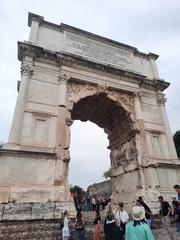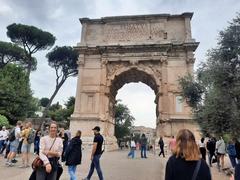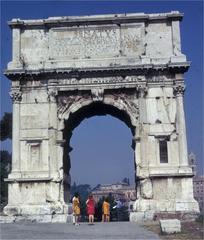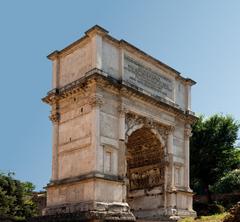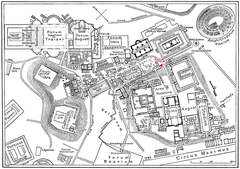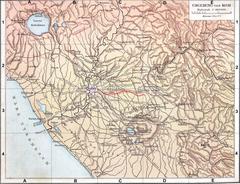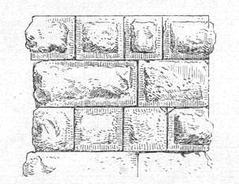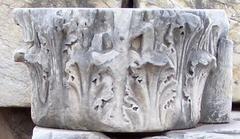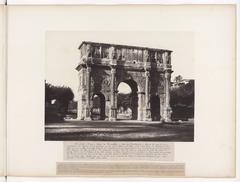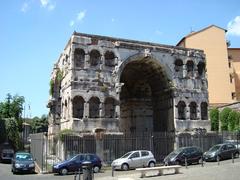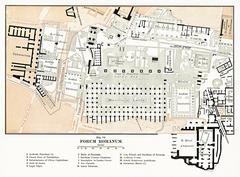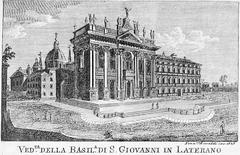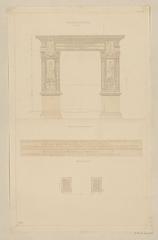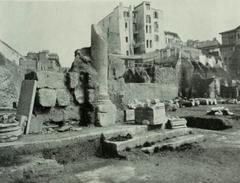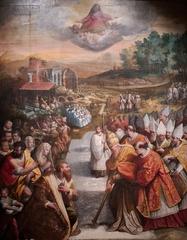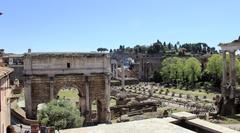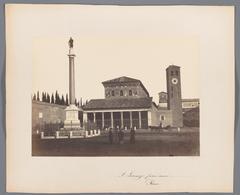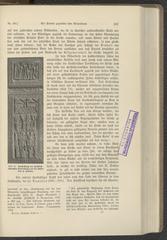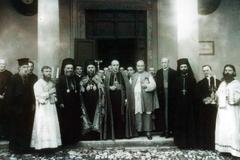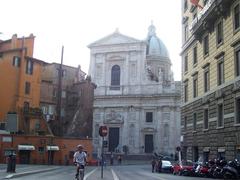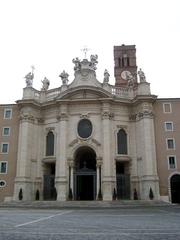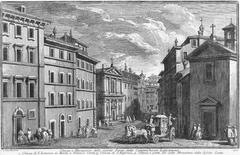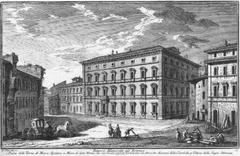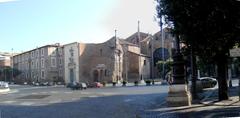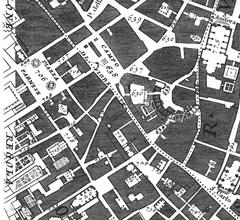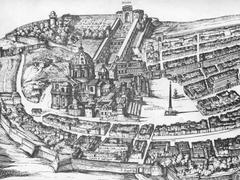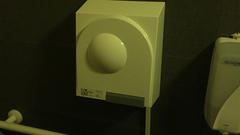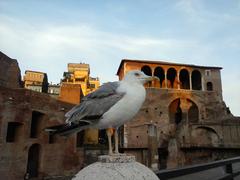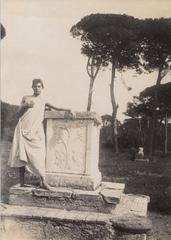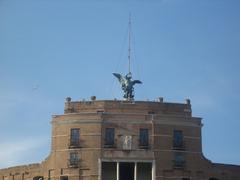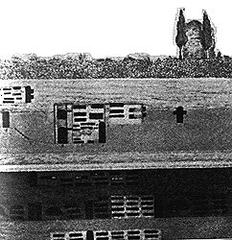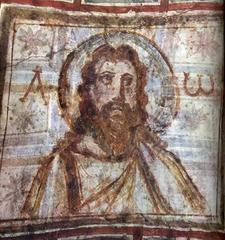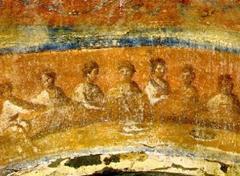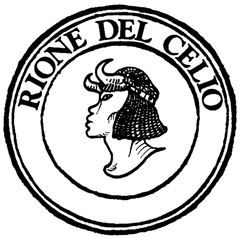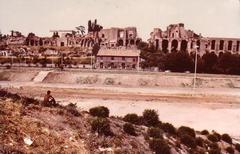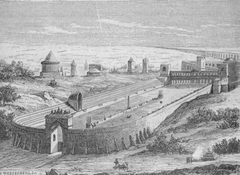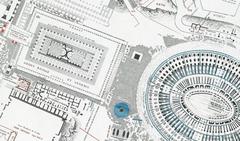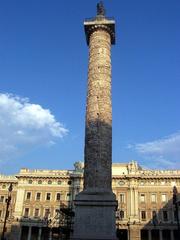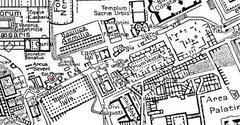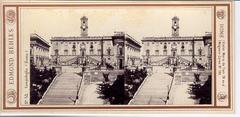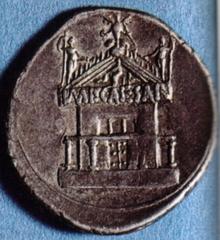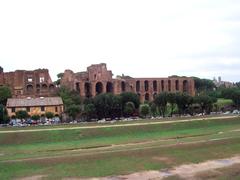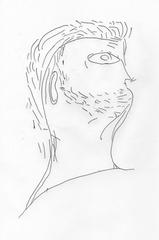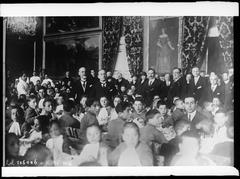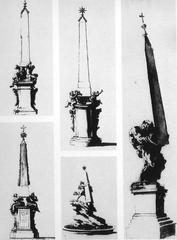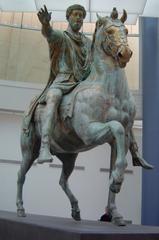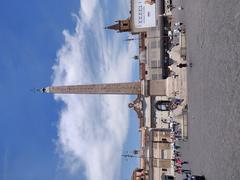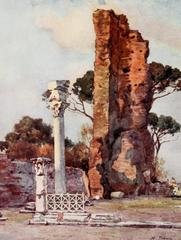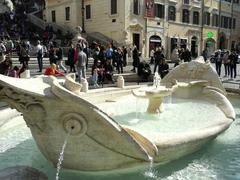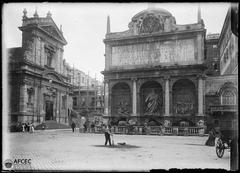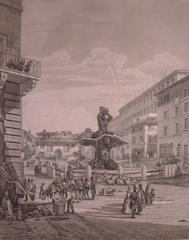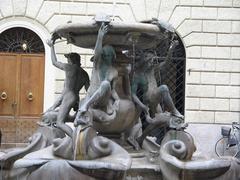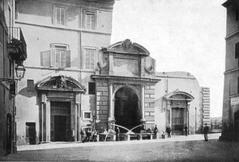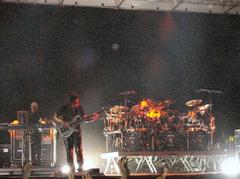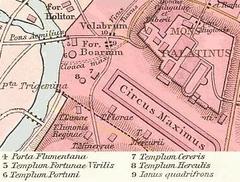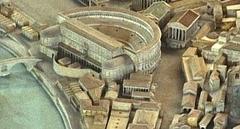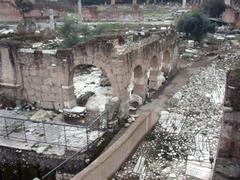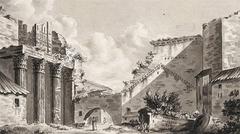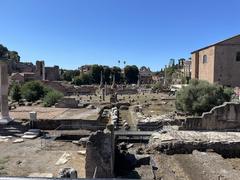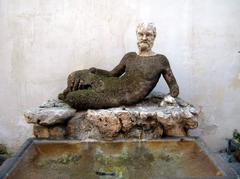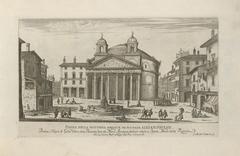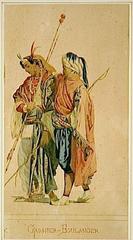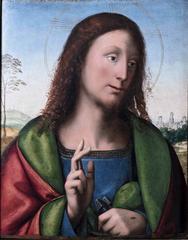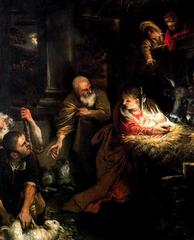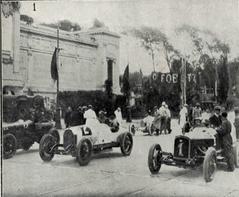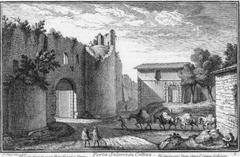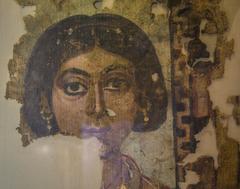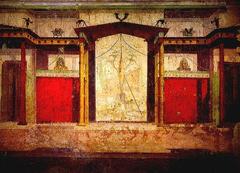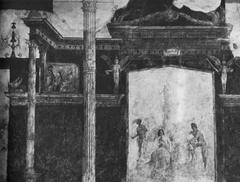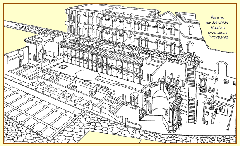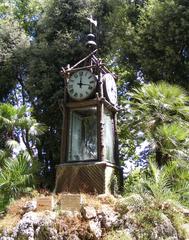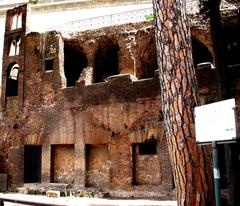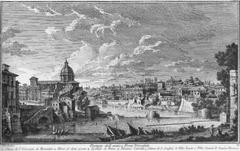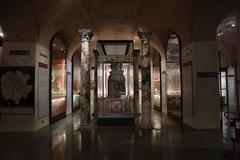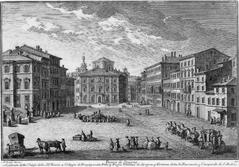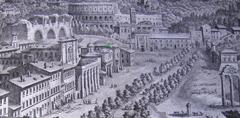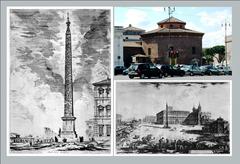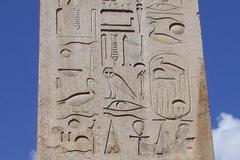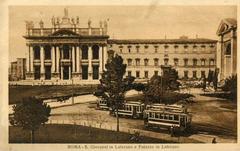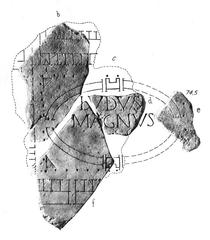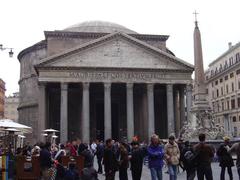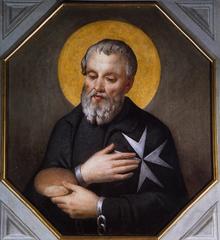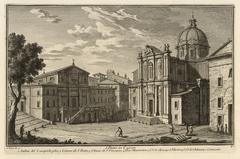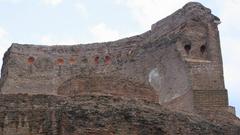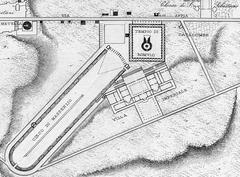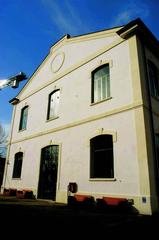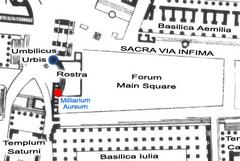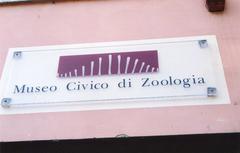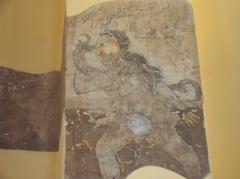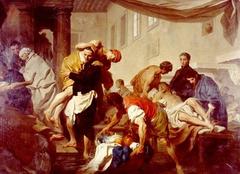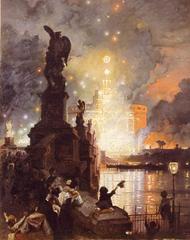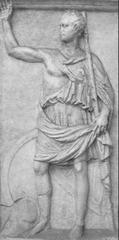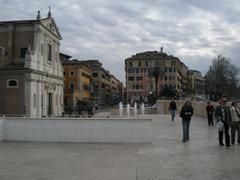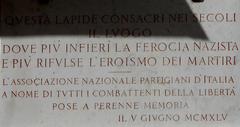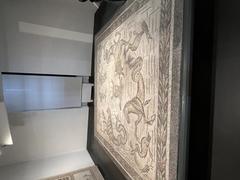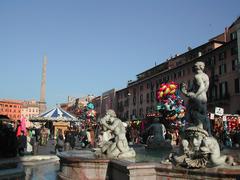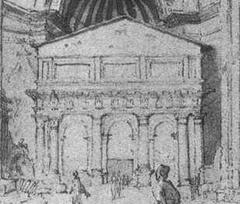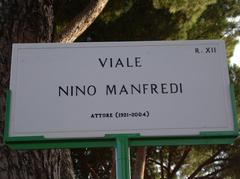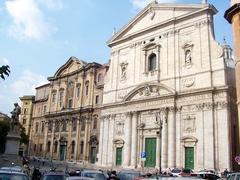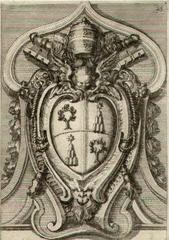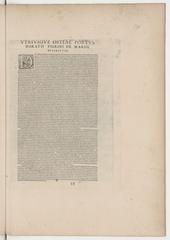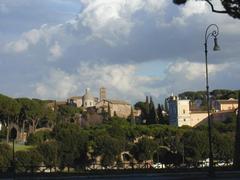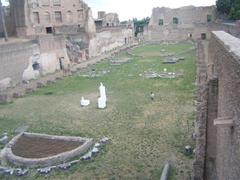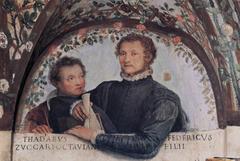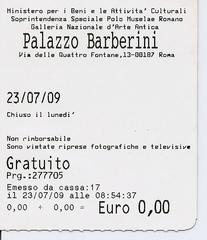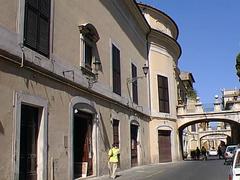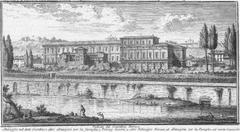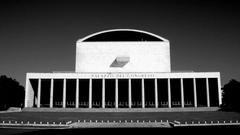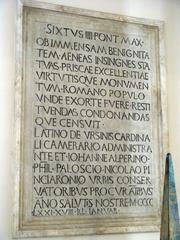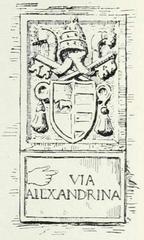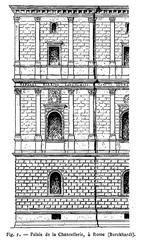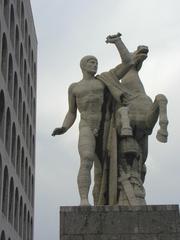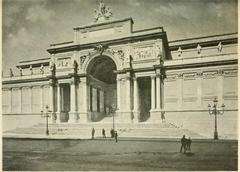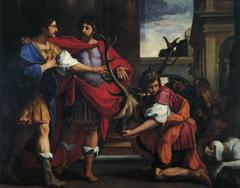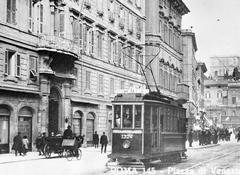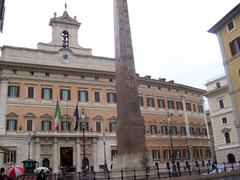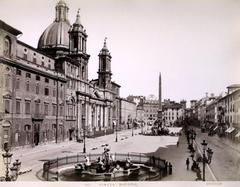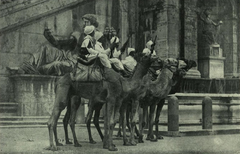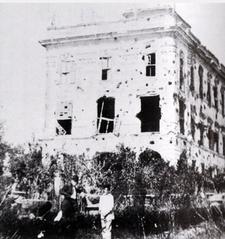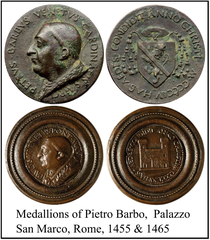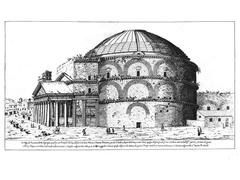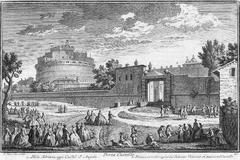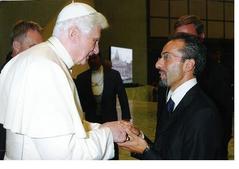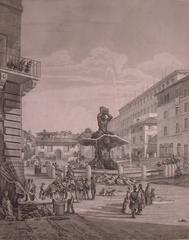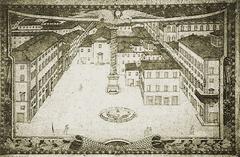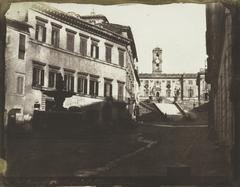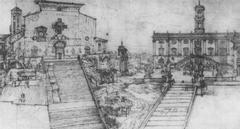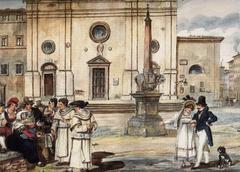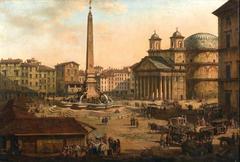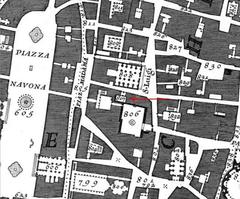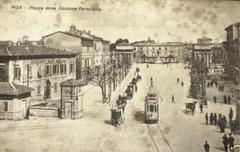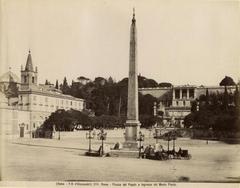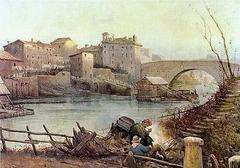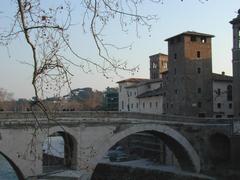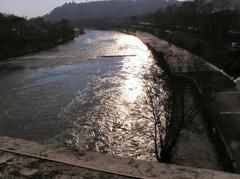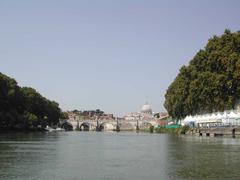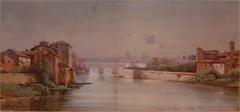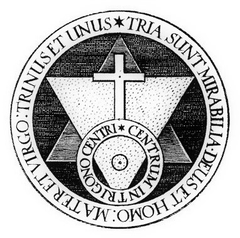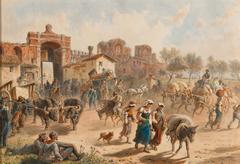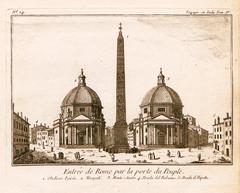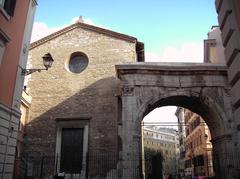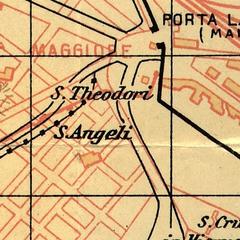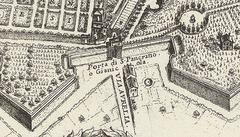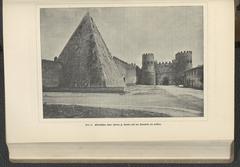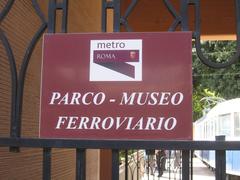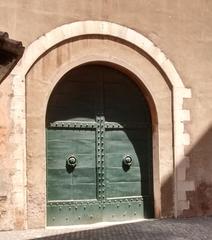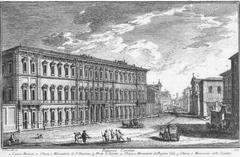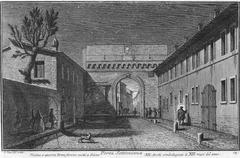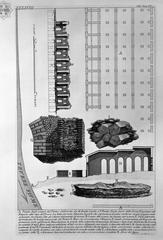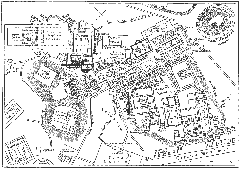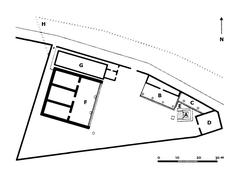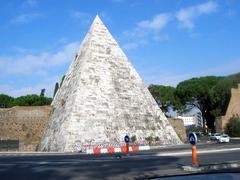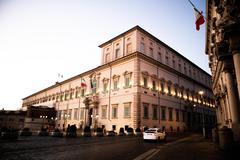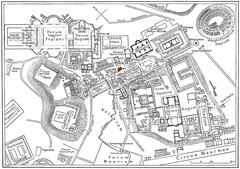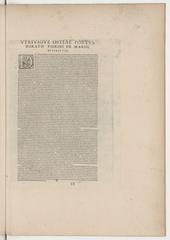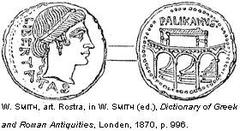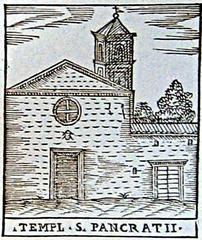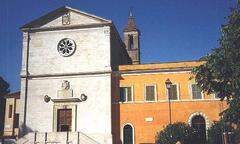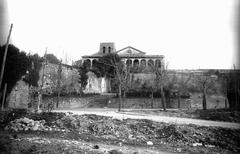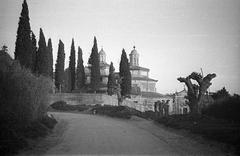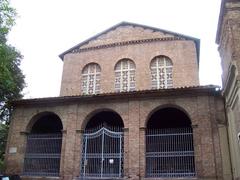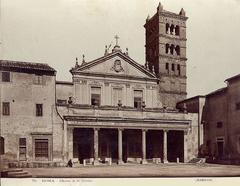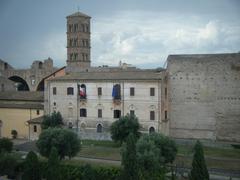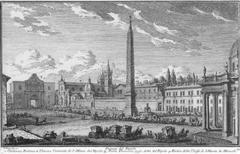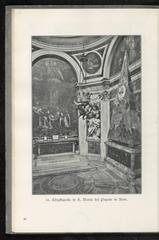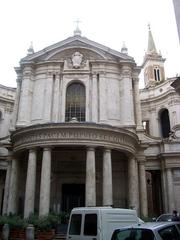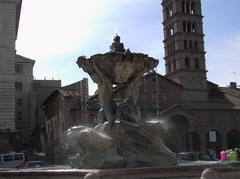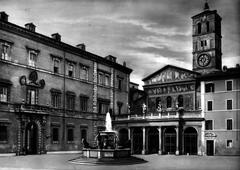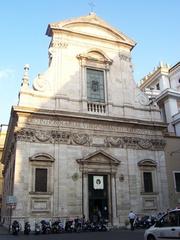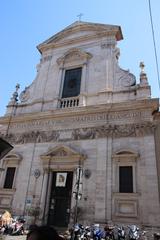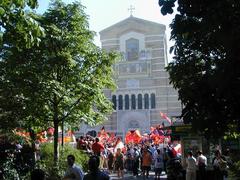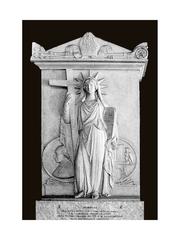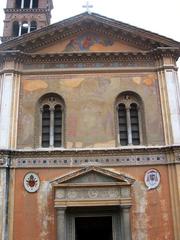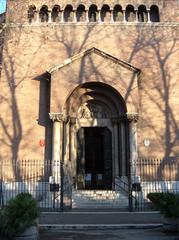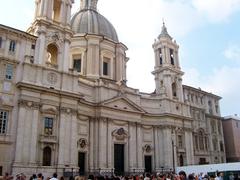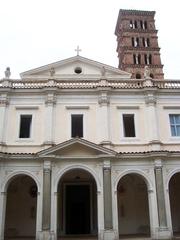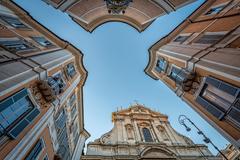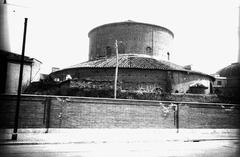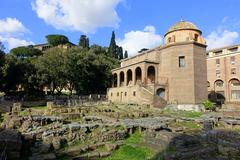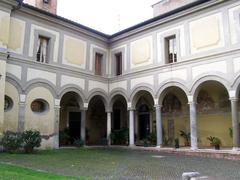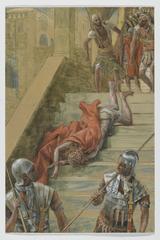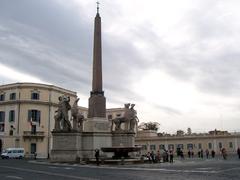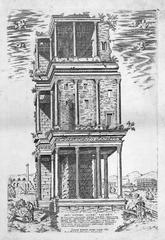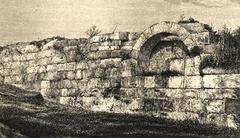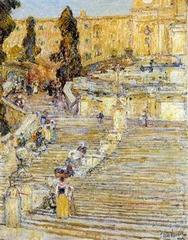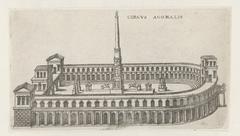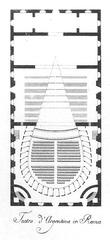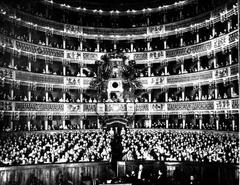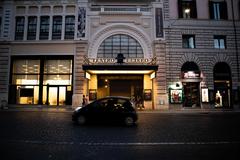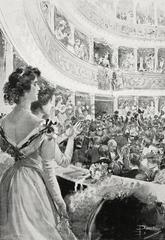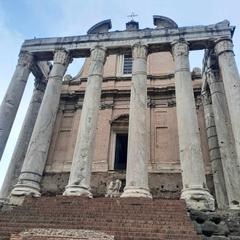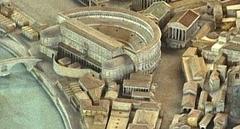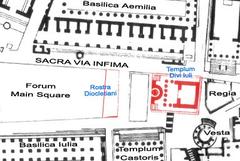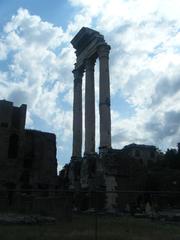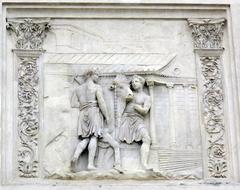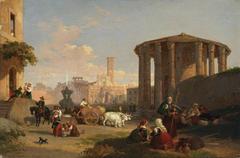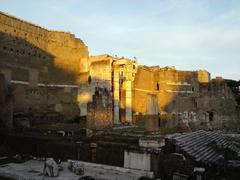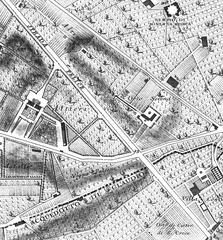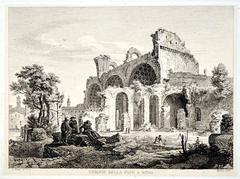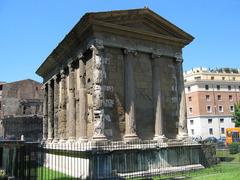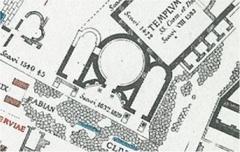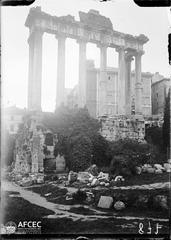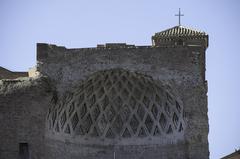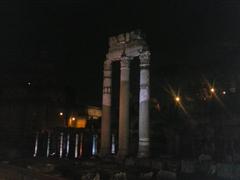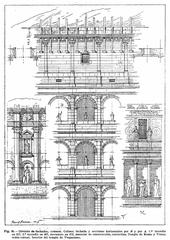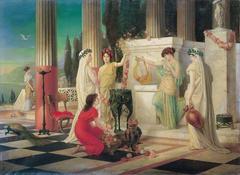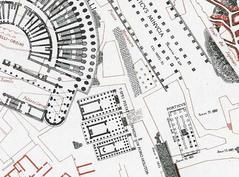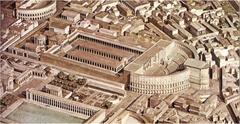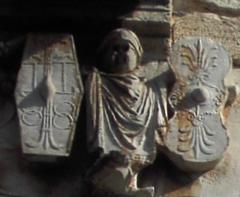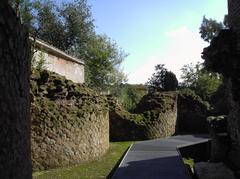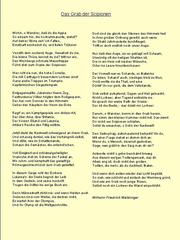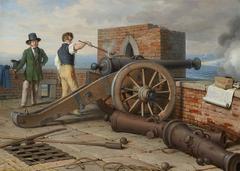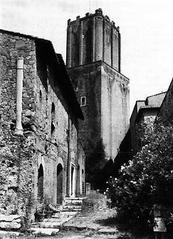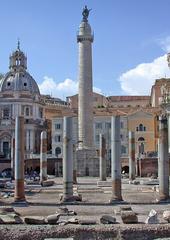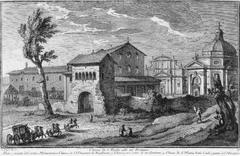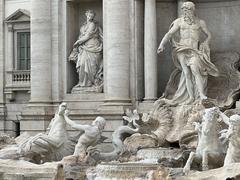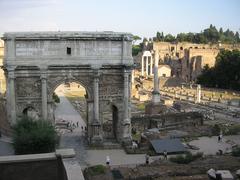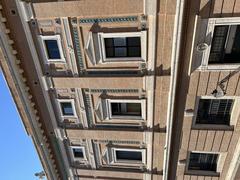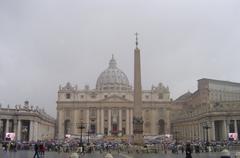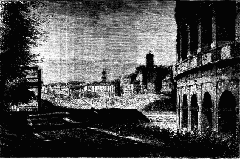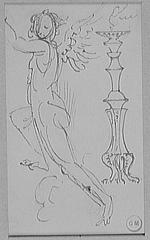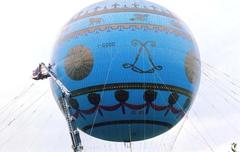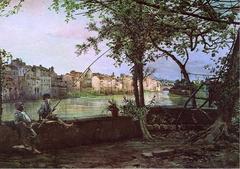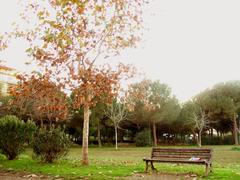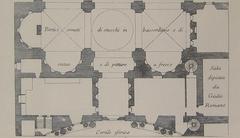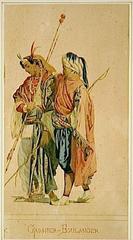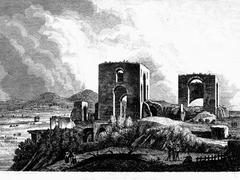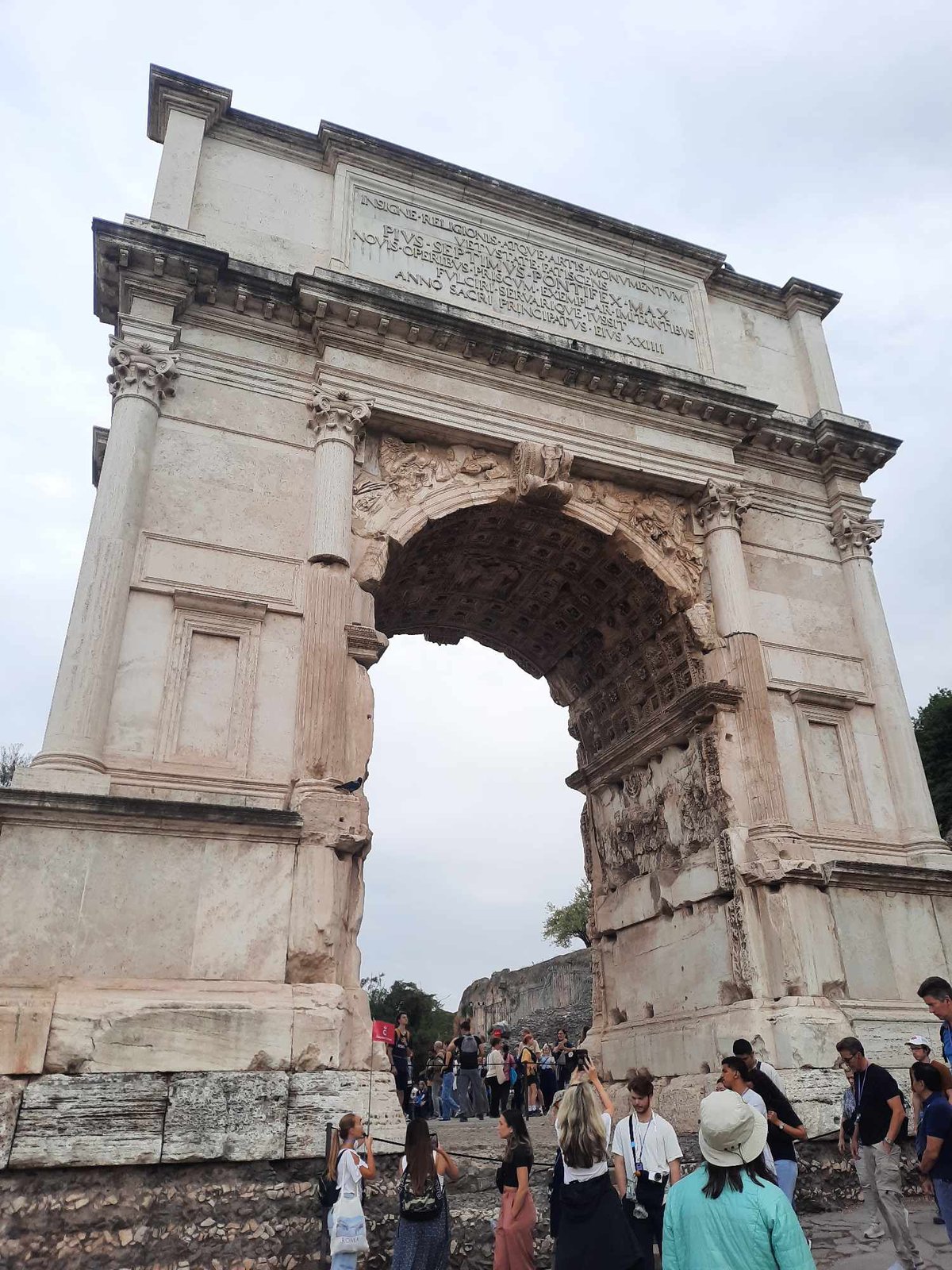
Forum Romanum Visiting Hours, Tickets, and Tips
Published Date: 23/07/2024
Introduction to Forum Romanum
The Forum Romanum, or Roman Forum, stands as one of the paramount historical sites in Rome, Italy. This ancient epicenter of Roman public life offers a profound journey through time, tracing the evolution of Roman civilization from its early days as a marshy valley in the 7th century BCE to its zenith as the bustling heart of the Roman Republic and Empire. The significance of the Forum Romanum is underscored by its continuous use and development over nearly a millennium, reflecting the dynamic political, commercial, and judicial landscape of ancient Rome (History.com). Today, it remains a testament to the grandeur and ingenuity of Roman engineering and architecture, attracting millions of visitors annually who seek to immerse themselves in the rich history of one of the world’s greatest civilizations (National Geographic). This comprehensive guide will explore the historical significance, key monuments, practical visitor information, and travel tips to help you make the most of your visit to the Forum Romanum.
Contents Overview
- Introduction
- Origins and Early Development
- The Republican Era
- Architectural Expansion
- The Imperial Period
- The Forum Under Augustus
- The Flavian Dynasty
- The Decline and Transformation
- Rediscovery and Excavation
- Key Monuments and Structures
- The Temple of Saturn
- The Arch of Septimius Severus
- The Curia Julia
- Visitor Information
- Visiting Hours and Tickets
- Accessibility
- Guided Tours
- Travel Tips
- Best Time to Visit
- What to Wear
- Nearby Amenities
- Nearby Attractions
- The Colosseum
- Palatine Hill
- Capitoline Museums
- FAQ
- Modern-Day Significance
- Call to Action
Exploring the Forum Romanum - History, Visiting Hours, and Travel Tips
Origins and Early Development
The Forum Romanum, also known as the Roman Forum, is one of the most significant archaeological sites in the world. Its origins date back to the 7th century BCE, during the early days of the Roman Kingdom. Initially, the area was a marshy valley situated between the Palatine and Capitoline Hills. The early Romans drained the swampy land using the Cloaca Maxima, one of the world’s earliest sewage systems, which allowed the area to be developed into a central public space (Smithsonian Magazine).
The Republican Era
During the Roman Republic (509-27 BCE), the Forum Romanum evolved into the political, commercial, and judicial heart of Rome. It was the site of numerous important buildings and monuments, including the Senate House (Curia), the Rostra (speakers’ platform), and the Regia, the office of the Pontifex Maximus. The Forum also hosted triumphal processions, elections, public speeches, criminal trials, and gladiatorial matches (Ancient History Encyclopedia).
Architectural Expansion
The Forum saw significant architectural expansion during the Republican era. Notable constructions included the Temple of Saturn, built in 497 BCE, which served as the state treasury, and the Basilica Aemilia, constructed in 179 BCE, which functioned as a venue for business and legal matters. The Forum’s layout became increasingly complex, reflecting the growing power and wealth of the Roman Republic (Rome Reborn).
The Imperial Period
With the transition to the Roman Empire in 27 BCE, the Forum Romanum continued to be a focal point of Roman public life. Emperors such as Augustus, Vespasian, and Trajan commissioned new buildings and monuments to glorify their reigns. Augustus, for instance, added the Temple of Divus Julius, dedicated to his deified predecessor Julius Caesar, and the Arch of Augustus, celebrating his military victories (Livius.org).
The Forum Under Augustus
Augustus’ reign marked a significant transformation of the Forum. He famously claimed to have found Rome a city of bricks and left it a city of marble. His contributions included the Temple of Mars Ultor in the adjacent Forum of Augustus and the Basilica Julia, which replaced the earlier Basilica Sempronia. These constructions not only enhanced the Forum’s grandeur but also reinforced Augustus’ political and religious authority (The Metropolitan Museum of Art).
The Flavian Dynasty
The Flavian emperors, particularly Vespasian and his sons Titus and Domitian, also left their mark on the Forum. Vespasian initiated the construction of the Temple of Peace, one of the largest and most opulent structures in the Forum, to commemorate the end of the Jewish War. Domitian completed the Arch of Titus, celebrating his brother’s victory in Jerusalem, and restored several older buildings, ensuring the Forum remained a vibrant center of Roman life (UNESCO World Heritage Centre).
The Decline and Transformation
The decline of the Roman Empire in the 4th and 5th centuries CE led to the gradual abandonment and deterioration of the Forum Romanum. As the political and economic center of the empire shifted to Constantinople, the Forum’s buildings fell into disrepair. By the Middle Ages, the once-grand public space had been reduced to a field of ruins, known as the “Campo Vaccino” or “Cow Field,” used for grazing livestock (History.com).
Rediscovery and Excavation
Interest in the Forum Romanum was rekindled during the Renaissance, when scholars and artists began to study and document the ancient ruins. Systematic archaeological excavations began in the 18th and 19th centuries, revealing the Forum’s rich history and architectural splendor. Today, the Forum Romanum is a major tourist attraction and an invaluable source of information about ancient Rome (National Geographic).
Key Monuments and Structures
The Temple of Saturn
One of the oldest and most important temples in the Forum, the Temple of Saturn was dedicated to the god Saturn. It housed the state treasury and was the focal point of the annual Saturnalia festival. The temple’s iconic columns still stand today, offering a glimpse into the grandeur of ancient Roman architecture (Rome.net).
The Arch of Septimius Severus
Erected in 203 CE to commemorate Emperor Septimius Severus’ victories in Parthia, the Arch of Septimius Severus is one of the best-preserved monuments in the Forum. Its intricate reliefs depict scenes of battle and triumph, showcasing the artistic and engineering prowess of the Romans (Britannica).
The Curia Julia
The Curia Julia, the Senate House of ancient Rome, was commissioned by Julius Caesar and completed by Augustus. It served as the meeting place for the Roman Senate and played a crucial role in the political life of the empire. The building has been remarkably well-preserved and offers valuable insights into Roman political architecture (Rome.info).
Visitor Information
Visiting Hours and Tickets
The Forum Romanum is generally open from 8:30 AM to an hour before sunset, with variations depending on the season. Tickets can be purchased at the entrance or online, often combined with access to the Colosseum and Palatine Hill. It’s recommended to buy tickets in advance to avoid long queues (Rome.net).
Accessibility
The Forum Romanum has uneven terrain and cobblestone paths, which can be challenging for visitors with mobility issues. However, there are accessible routes and services available. It’s advisable to check the official website for detailed information and assistance.
Guided Tours
Guided tours are available and can enhance the visitor experience by providing expert insights into the Forum’s history and significance. Many tours include skip-the-line tickets and can be booked in advance.
Travel Tips
- Best Time to Visit - Early morning or late afternoon to avoid the largest crowds and enjoy the site with better lighting for photography.
- What to Wear - Comfortable walking shoes are essential due to the uneven terrain. A hat and sunscreen are recommended during the summer months.
- Nearby Amenities - There are several cafes and restaurants nearby where visitors can relax and enjoy a meal after exploring the Forum.
Nearby Attractions
- The Colosseum - Just a short walk from the Forum Romanum, the Colosseum is another must-see historical site in Rome.
- Palatine Hill - Adjacent to the Forum, Palatine Hill offers stunning views of the city and additional ancient ruins to explore.
- Capitoline Museums - Located on the Capitoline Hill, these museums house a vast collection of ancient Roman art and artifacts.
FAQ
What are the Forum Romanum visiting hours?
The Forum Romanum is typically open from 8:30 AM until an hour before sunset, with seasonal variations. It’s best to check the official website for the most current information.
How much are the tickets for the Forum Romanum?
Tickets are usually around 16 euros and often include access to the Colosseum and Palatine Hill. Discounts are available for certain age groups and EU residents.
Is the Forum Romanum accessible for visitors with disabilities?
Yes, there are accessible routes and services available, though the terrain can be challenging. It’s recommended to check the official website for detailed accessibility information.
Are guided tours of the Forum Romanum available?
Yes, guided tours are highly recommended for a richer experience. Tours often include skip-the-line tickets and can be booked in advance.
Modern-Day Significance
Today, the Forum Romanum stands as a testament to the grandeur and complexity of ancient Roman civilization. It attracts millions of visitors each year, who come to explore its ruins and learn about the history of Rome. The site continues to be a focal point for archaeological research, shedding light on the social, political, and religious life of one of history’s greatest empires (Italy Magazine).
By understanding the history of the Forum Romanum, visitors can gain a deeper appreciation for the achievements and legacy of ancient Rome. The Forum’s ruins offer a tangible connection to the past, allowing us to walk in the footsteps of emperors, senators, and citizens who shaped the course of Western civilization.
Call to Action
For more information and updates on the Forum Romanum and other historical sites in Rome, download our mobile app, check out our related posts, and follow us on social media.
Summary and Key Points
The Forum Romanum is more than just an archaeological site; it is a living testament to the grandeur and complexity of ancient Roman civilization. From the early days of the Roman Kingdom to the height of the Empire, the Forum served as the nucleus of Roman public life, hosting a myriad of political, religious, and social activities. Today, its ruins offer invaluable insights into the architectural prowess and societal structures of ancient Rome, making it a must-visit for history enthusiasts and casual travelers alike (Smithsonian Magazine). As you walk through the remnants of temples, arches, and basilicas, you are not just witnessing the past but experiencing the legacy of an empire that shaped the course of Western civilization. Whether you are exploring the iconic Temple of Saturn, marveling at the Arch of Septimius Severus, or standing in the well-preserved Curia Julia, the Forum Romanum provides a tangible connection to the ancient world, allowing you to walk in the footsteps of emperors, senators, and citizens who once shaped history (Italy Magazine). For an enriched experience, consider guided tours and make use of the available visitor amenities to fully appreciate the site’s historical and cultural significance. Stay updated on the latest travel tips and events by following related posts and social media channels.
Sources and Further Reading
- Smithsonian Magazine, 2015, Various Authors source url
- Ancient History Encyclopedia, 2020, Various Authors source url
- Rome Reborn, 2018, Various Authors source url
- Livius.org, 2019, Various Authors source url
- The Metropolitan Museum of Art, 2017, Various Authors source url
- UNESCO World Heritage Centre, 2020, Various Authors source url
- History.com, 2021, Various Authors source url
- National Geographic, 2022, Various Authors source url
- Rome.net, 2021, Various Authors source url
- Britannica, 2021, Various Authors source url
- Rome.info, 2021, Various Authors source url
- CoopCulture, 2023, Various Authors source url
- Livius.org, 2019, Various Authors source url
- UNRV History, 2019, Various Authors source url
- Smithsonian Magazine, 2015, Various Authors source url
- Rome Tourism, 2021, Various Authors source url
- Italy Magazine, 2021, Various Authors source url
